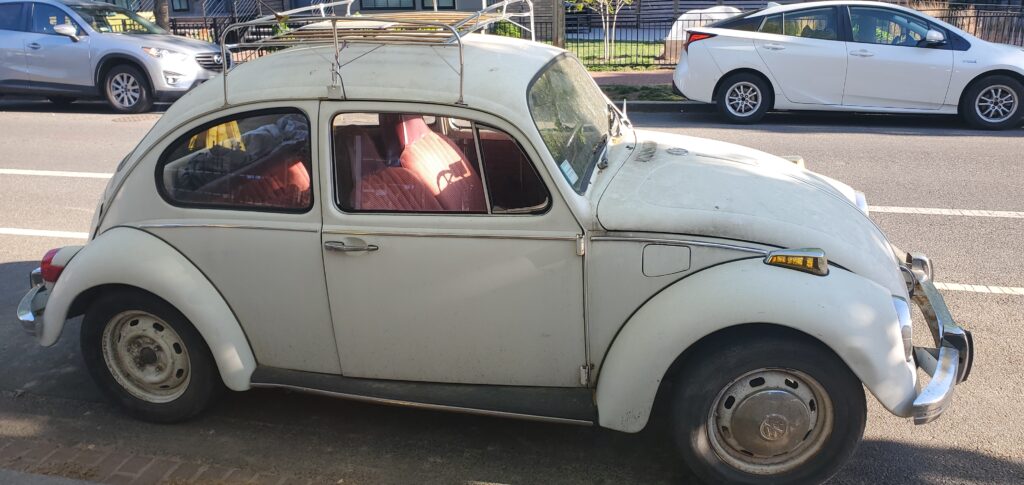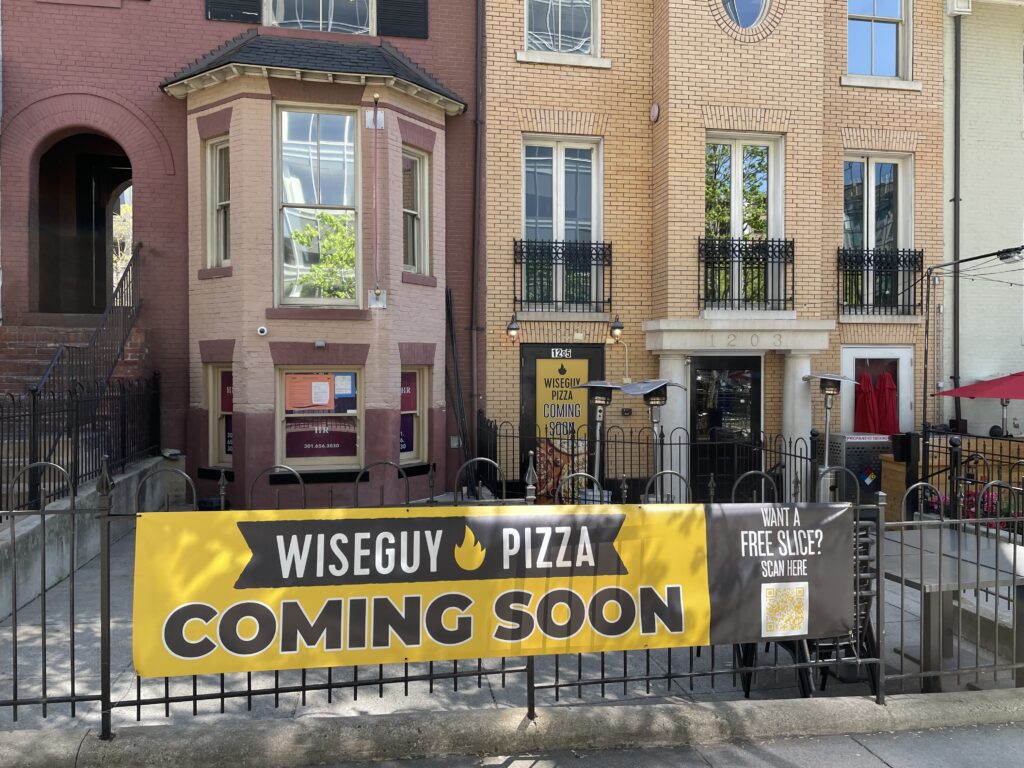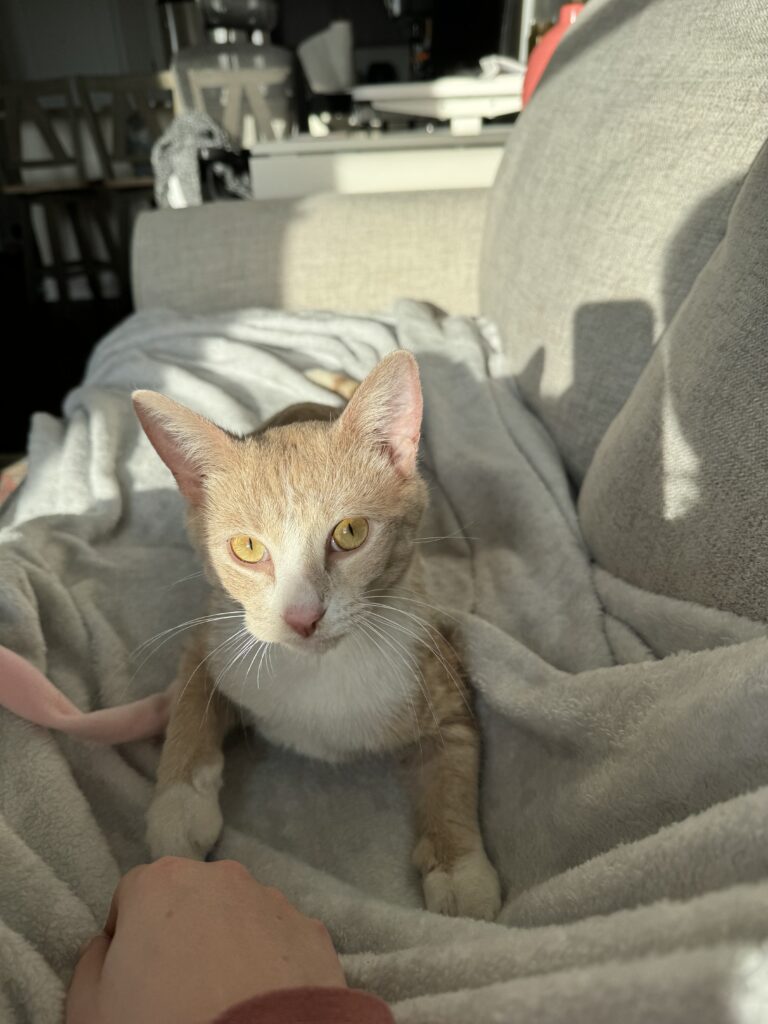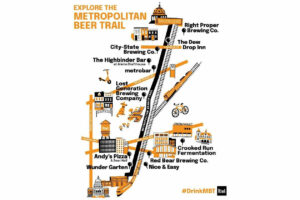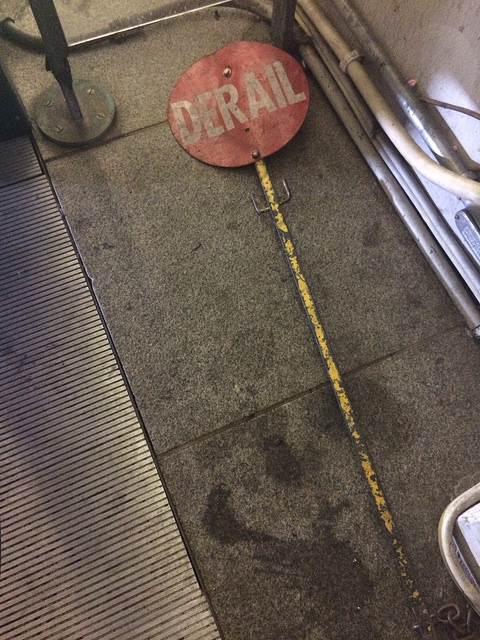
Photo by PoPville flickr user nevermindtheend
From WMATA:
“As part of the Authority’s investigation into the cause of an August 6th derailment, WMATA’s technical incident report to the Interim General Manager was released to the public today. To view report click here. The report will be the subject of a special Board of Directors Safety Committee Meeting on September 3.
“While the safety investigation is continuing and subject to review by the Tri-State Oversight Committee (TOC), the operations report reveals that the physical root cause of the derailment was the failure of fasteners to properly hold the rail securely. This was compounded by a lack of systematic, immediate review of data generated during the inspection vehicle runs,” said Safety Committee Chairman Michael Goldman speaking on behalf of the Board. “The investigation is ongoing to determine what caused those fasteners to fail. Further, the wide gauge track condition that went unrepaired was a contributory factor leading to the derailment that should never have occurred.”
According to the Incident Report, a Metro employee operating the Track Geometry Vehicle (TGV) that identified a “Level Black’ rail defect on July 9th mistakenly deleted the information about the defect from the exception report. That report was given to maintenance crews for scheduling immediate repairs to the rail system. Under the then-established protocols, the employee’s report with erroneously-deleted information was not subject to review by any Metro supervisor. The underlying data was not analyzed by other Metro departments for errors until after the derailment occurred on August 6.
“In reviewing the TGV inspection process, we have learned that the derailment was caused by a combination of human error and flawed Metro processes,” Goldman said. “While the employee believed he was deleting a routinely detected anomaly and not an actual rail defect, that such a serious error went undetected with no checks and balances in place reveals gaps in Metro’s safety policies and procedures.”
Still under investigation by Metro’s Safety Department is why the wide gauge condition and the broken fasteners went undetected by Metro track walkers who inspected this area of track on multiple occasions between the TGV run on July 9 and the August 6 derailment.
The Report also documents the immediate actions Metro has taken since August 6 to assure the safety of its passengers. Those include comprehensive inspections and immediate repairs of defects, the thorough review of the track inspection vehicle’s test results with an area manager prior to the generation of the final report for the maintenance crews, making track walker inspections more robust, and engineering reviews by outside experts.
In order to prevent such track safety failures from occurring in the future, the Board’s Safety Committee will review management’s actions and additional process and policy changes, as well as consider the need for “beefed up” safety reporting and consideration of protocols in other safety-critical areas to ensure maintenance crews have the most reliable information possible in order to schedule critical repairs. Further, the Committee will review how effectively the Authority’s System Safety Plan is meeting the safety culture needs of the organization and will examine if sufficient resources are available to meet the priority infrastructure inspection and maintenance requirements.
Questions and Answers
1. What caused the derailment?
The root cause has been determined to be failed rail fasteners – the metal pieces that hold the track in place. What caused those fasteners to fail is still under investigation; however, investigators will consider factors such as the age of the fasteners, metal fatigue and design issues. A contributing factor was the wide gauge condition of the track at the point of derailment which was detected July 9 but went unrepaired due to the TGV operator’s error.
2. How were the fasteners and gauge defects missed by both the operator of the Track Geometry Vehicle and track inspectors?
In this instance, the operator of the Track Geometry Vehicle found three ‘Level Black’ defects and, unfortunately, mistakenly deleted a fourth believing it to be a routine anomaly in the tracks, such as those they are trained to identify in interlockings. ‘Level Black’ is assigned to any defect that needs to be addressed immediately because the track is at risk of failure if operations continue. The other three defects were properly identified, reported, and repaired.
Metro has identified a gap in the quality process for reviewing Track Geometry Vehicle findings, and a new “end of run” review, as well as a new physical verification procedure, will provide an important layer of safety. While the quality of inspections by track walkers is still under review, Metro has taken immediate action to strengthen the inspection process to be more specific and require more detailed and accurate reports for maintenance managers. These additional inspection procedures are being reviewed now and will be implemented in the coming weeks.
3. What other actions is the Board considering?
The Board has scheduled a special meeting of the Safety Committee on September 3, where a public briefing will be provided by rail staff. The Board will discuss management’s actions and any additional improvements needed to policies and processes.
4. Are the tracks safe?
Yes, Metro would not continue running trains if conditions were unsafe for passenger travel. Metro has been operating the Track Geometry Vehicle around the clock, and using track walkers to re-inspect the entire system. We are immediately addressing any track defect found to ensure safe and reliable train operations. We expect to complete inspections of the entire system by mid-September, and then remain vigilant about maintaining and inspecting the system very aggressively.
5. What steps have been taken to keep another derailment from happening?
Metro has undertaken a comprehensive inspection of all tracks in the rail system, and immediate repairs of track defects are being made. In addition, we are making track walker inspections more robust, and a third-party expert has been hired to review the engineering assumptions associated with the cause of the derailment.
6. Are there checks and balances in place to catch mistakes? How did this slip through the cracks?
This kind of event crystalizes the need for intentionally redundant processes. The primary role of the Track Geometry Vehicle is to find “internal” defects that we can’t see on visual inspections. Now that we better understand the risk of overlooking other critical information identified by the Track Geometry Vehicle, we have taken immediate action to review reports at the end of every run, so that we have fresh eyes going over the data and checking the work of the vehicle technician. This complements the more robust inspections we are working with our track walkers to conduct. In practice, the two should work together to create a layered safety process.
7. Since WMATA has been working on safety culture for the last few years, how does this kind of error happen?
It is important to note that in this incident, critical information was lost due to human error and the absence of a process that allowed the error to go undetected. This was not a case of a known safety defect condition being intentionally ignored. Three other defects were properly identified, reported, and repaired as a result of that Track Geometry Vehicle inspection.
Human error is one thing all transportation carriers have to manage. Metro is continuously working to put in place policies and practices that review, create intentional redundancy, and prevent human error from impacting the safety of employees or passengers. In this case, the reliance on the unchecked work of the TGV technician in effect created a single-point failure of the system.
8. Has anyone at Metro been disciplined or fired as a result of this incident?
The investigation is continuing and disciplinary action may be considered by the Interim General Manager if the facts warrant. As noted in the report, the TGV operator responsible for the mistaken deletion has resigned and since the report, a supervisor has also resigned.
9. Is this an issue of inadequate resources/funding?
No, Metro has adequate resources for inspecting and maintaining track; in fact, WMATA is one of the few transit properties in the country to have this kind of track vehicle to help us inspect and maintain our rail infrastructure. Such vehicles have had widespread use in mainline and commuter railroads. The WMATA Track Geometry Vehicle was a significant capital investment that was delivered to Metro in 2012.
But equipment alone is not an assurance of safety. Safety requires that equipment is used in an appropriate way to define and eliminate risks. This incident has highlighted the need for the proper focus by everyone involved in track maintenance and quality process, as well as ensuring the redundant layers of inspection are in place.
10. What will the Board discuss at its special Safety Committee meeting on September 3?
The Board will receive a public summary of the report and ask questions of Metro officials on the report; will hear more from Metro staff about the actions taken following the release of the operations incident report; and receive an update on the status of the full investigation, which is still underway by the Safety Department.
11. What other reviews are underway related to the derailment and when will they be completed?
Metro’s Safety Department is conducting a full review of this incident that it expects to submit to the Interim General Manager and the Tri-State Oversight Committee for final review. This report is expected to include more information on the cause of the rail fastener failure. A third-party expert also has been hired to review the cause of the derailment and ensure Metro has not overlooked any contributing factors. Metro will also be examining its track engineering standards for their current relevance.
Metro is continuing to work with the Federal Transit Administration in response to its Safety Management Review undertaken this spring. The Board has committed to the FTA that any necessary actions and resource allocations identified in this review will be taken.”
Recent Stories

Photo by Beau Finley Ed. Note: If this was you, please email [email protected] so I can put you in touch with OP. “Dear PoPville, Him, dapper chap with a light…

For many remote workers, a messy home is distracting.
You’re getting pulled into meetings, and your unread emails keep ticking up. But you can’t focus because pet hair tumbleweeds keep floating across the floor, your desk has a fine layer of dust and you keep your video off in meetings so no one sees the chaos behind you.
It’s no secret a dirty home is distracting and even adds stress to your life. And who has the energy to clean after work? That’s why it’s smart to enlist the help of professionals, like Well-Paid Maids.

Unlock Peace of Mind for Your Family! Join our FREE Estate Planning Webinar for Parents.
🗓️ Date: April 25, 2024
🕗 Time: 8:00 p.m.
Metropolitan Beer Trail Passport
The Metropolitan Beer Trail free passport links 11 of Washington, DC’s most popular local craft breweries and bars. Starting on April 27 – December 31, 2024, Metropolitan Beer Trail passport holders will earn 100 points when checking in at the
DC Day of Archaeology Festival
The annual DC Day of Archaeology Festival gathers archaeologists from Washington, DC, Maryland, and Virginia together to talk about our local history and heritage. Talk to archaeologists in person and learn more about archaeological science and the past of our


